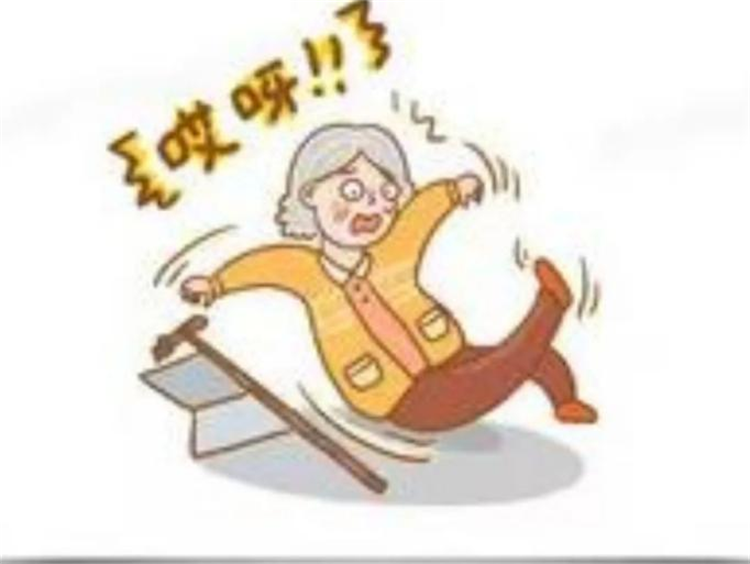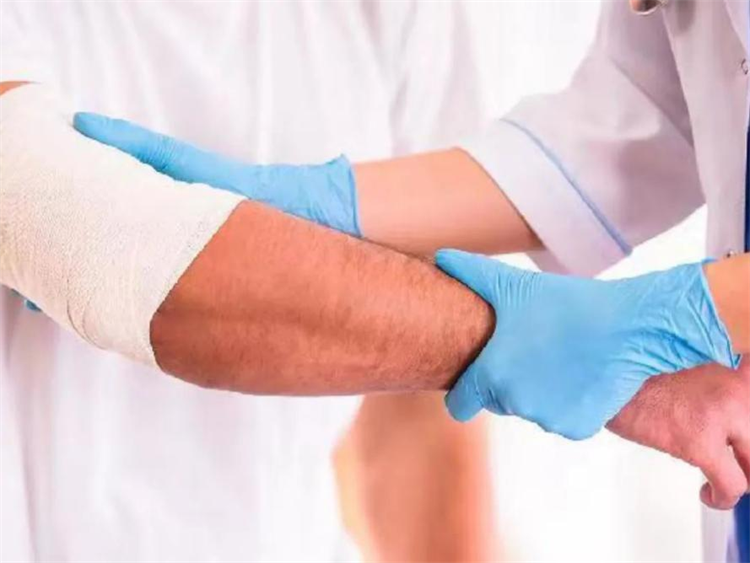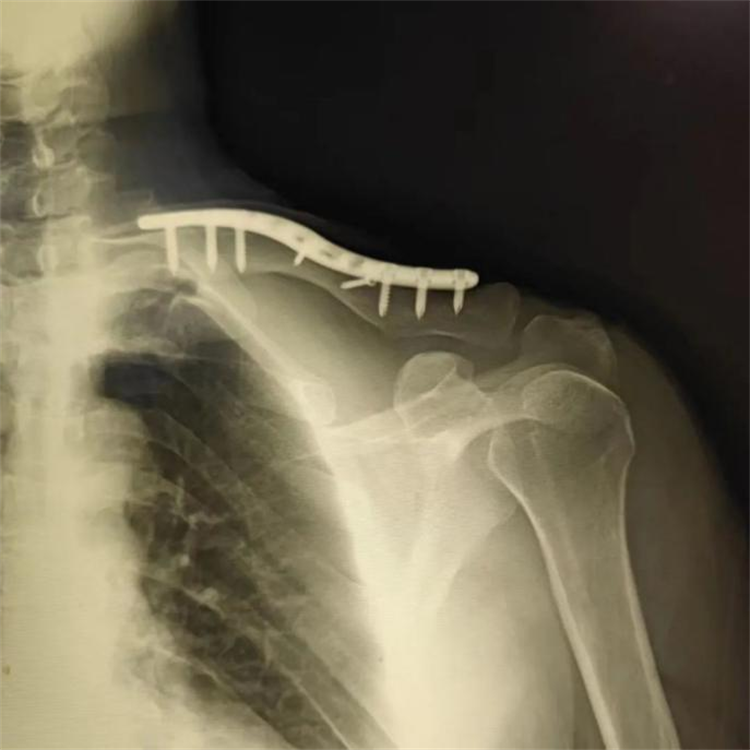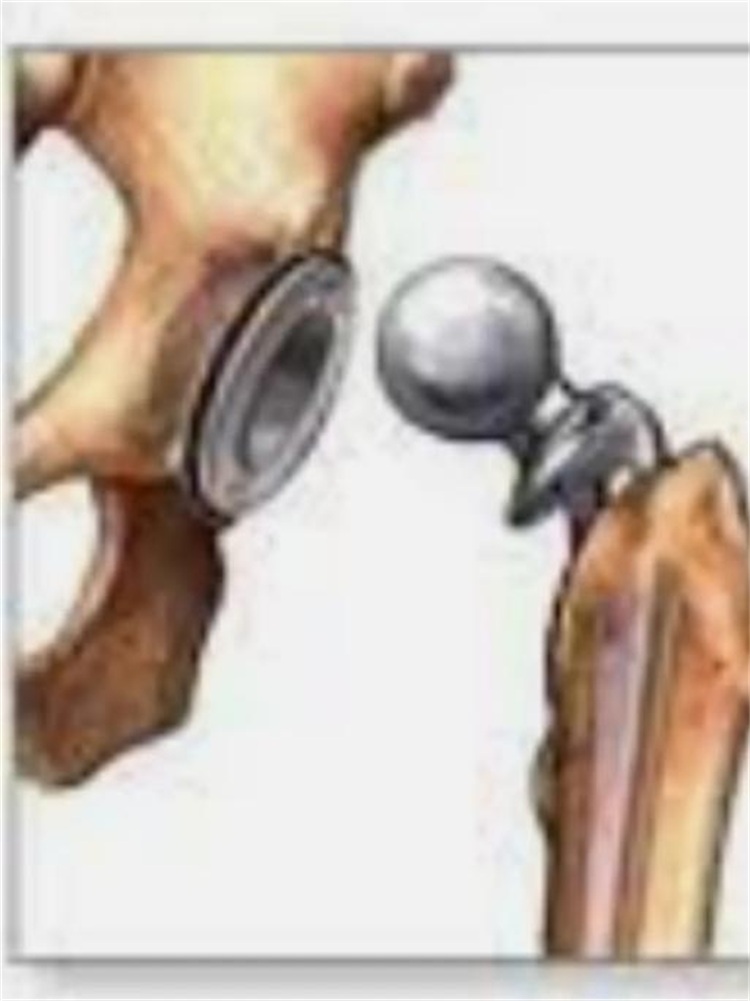In recent years, the incidence of fractures has been increasing, seriously affecting the lives and work of patients. Therefore, it is necessary to learn about the prevention methods of fractures in advance.
The occurrence of bone fracture

External factors: Fractures are mainly caused by external factors such as car accidents, intense physical activity or impact. However, these external factors can be prevented by being cautious while driving, participating in sports or other physical activities, and taking protective measures.
Medication factors: Various diseases require medication, especially for elderly patients who frequently use drugs. Avoid using drugs containing steroids, such as dexamethasone and prednisone, which can cause osteoporosis. Thyroid hormone replacement therapy after thyroid nodule surgery, especially in high doses, can also lead to osteoporosis. Long-term use of antiviral drugs such as adefovir dipivoxil may be required for hepatitis or other viral diseases. After breast cancer surgery, the long-term use of aromatase inhibitors or other hormone-like substances can cause loss of bone mass. Proton pump inhibitors, antidiabetic drugs such as thiazolidinedione drugs, and even antiepileptic drugs such as phenobarbital and phenytoin can also lead to osteoporosis.


Treatment of fractures

The conservative treatment methods for fractures mainly include the following:
First, manual reduction, which uses techniques such as traction, manipulation, rotation, massage, etc. to restore the displaced fracture fragments to their normal anatomical position or approximately anatomical position.
Second, fixation, which usually involves using small splints, plaster casts, orthoses, skin traction, or bone traction to maintain the position of the fracture after reduction until it has healed.
Third, medication therapy, which typically uses drugs to promote blood circulation, alleviate swelling and pain, and promote the formation and healing of callus. Drugs that tonify the liver and kidneys, strengthen the bones and tendons, nourish the qi and blood, or promote meridian circulation may be used to facilitate the recovery of limb function.
Fourth, functional exercise, which involves independent or assisted exercises to restore joint range of motion, muscle strength, and prevent muscle atrophy and osteoporosis, facilitating both fracture healing and functional recovery.
Surgical Treatment
Surgical treatment for fractures mainly includes internal fixation, external fixation, and joint replacement for special types of fractures.
External fixation is suitable for open and intermediate fractures and generally involves traction or anti-external rotation shoes for 8 to 12 weeks to prevent external rotation and adduction of the affected limb. It takes about 3 to 4 months to heal, and there is a very low incidence of nonunion or femoral head necrosis. However, there is a possibility of displacement in the early stage of the fracture, so some people advocate the use of internal fixation. As for plaster external fixation, it is rarely used and is only limited to younger children.
Internal fixation: Currently, hospitals with conditions use closed reduction and internal fixation under the guidance of X-ray machines, or open reduction and internal fixation. Before internal fixation surgery, manual reduction is performed to confirm anatomical reduction of the fracture before proceeding with the surgery.
Osteotomy: Osteotomy may be performed for difficult-to-heal or old fractures, such as intertrochanteric osteotomy or subtrochanteric osteotomy. Osteotomy has the advantages of easy surgical operation, less shortening of the affected limb, and favorable for fracture healing and functional recovery.
Joint replacement surgery: This is suitable for elderly patients with femoral neck fractures. For nonunion or avascular necrosis of the femoral head in old femoral neck fractures, if the lesion is limited to the head or neck, femoral head replacement surgery can be performed. If the lesion has damaged the acetabulum, total hip replacement surgery is required.


Post time: Mar-16-2023










